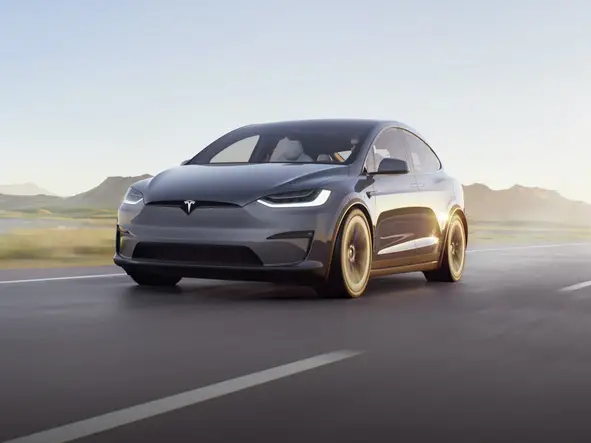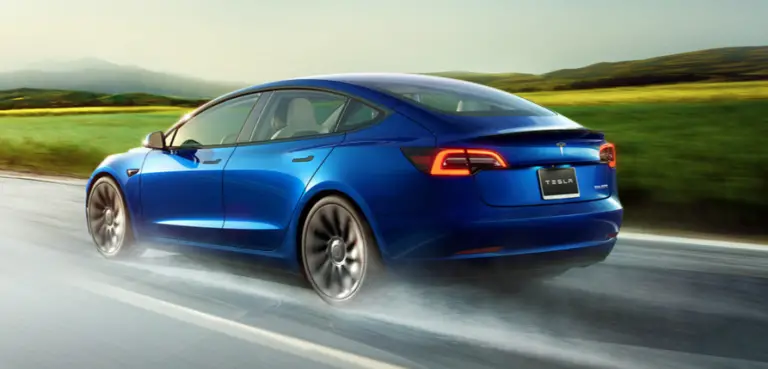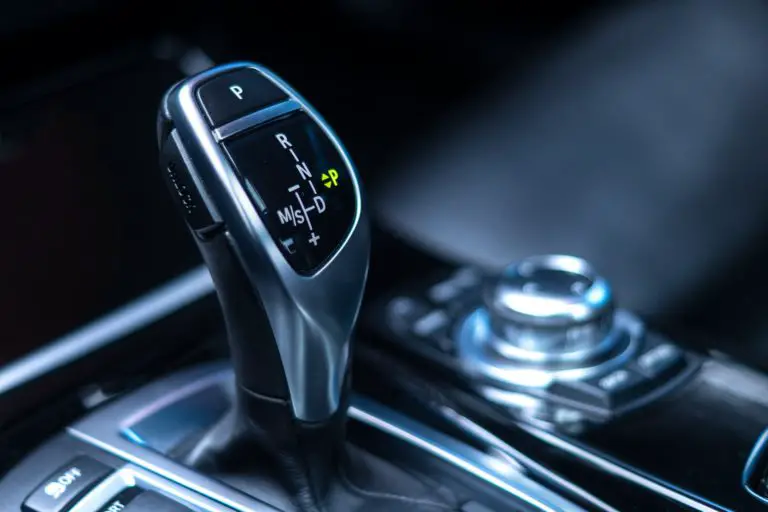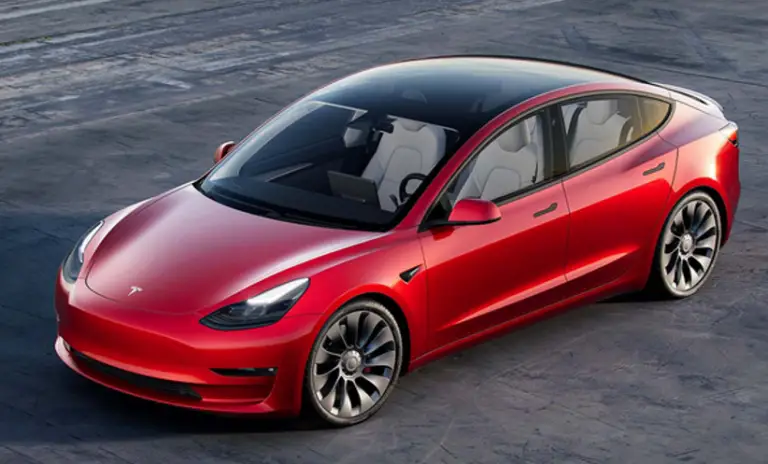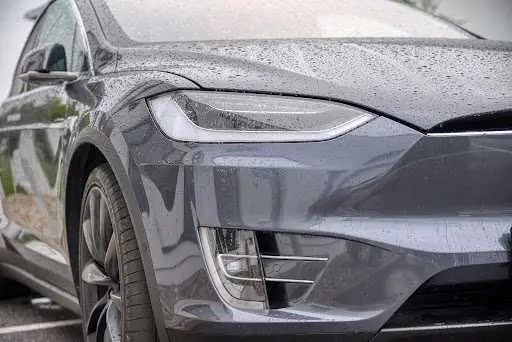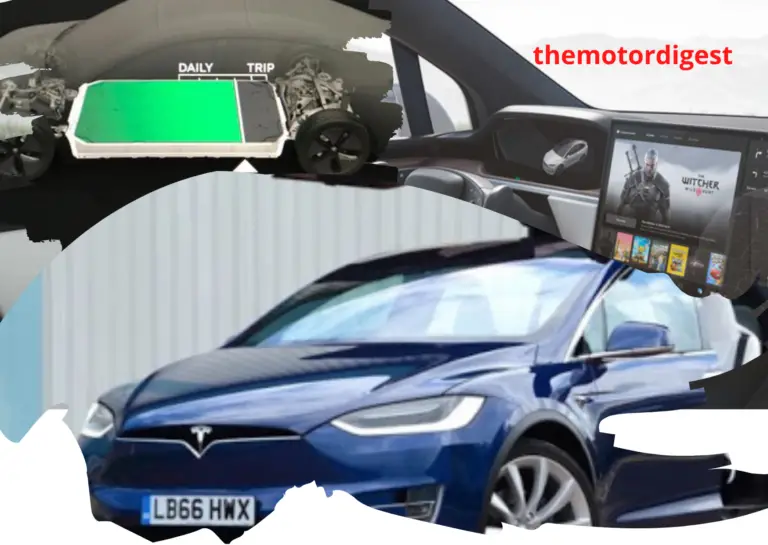How Many Batteries Are In Tesla
Tesla is one of the mainstream and the most advanced electric cars in the EV market and is considered a luxury. An all-electric car has a large pack of rechargeable batteries hidden under its floor. But you may wonder how many batteries a Tesla has.
There are two Batteries in a Tesla: one rechargeable lithium-ion battery powering the car for propelling, and one 12-v regular battery for emergency times when the Tesla’s battery is depleted. The lithium-ion battery has thousands of cells that vary in number depending on their capacity.
Keep reading to learn more about the Tesla cars batteries and their specifications. We’ll go through battery packs of Tesla cars and then take a look at their charging method. We also take a look at the lifespan of different models’ batteries and see how they’ll degrade.
Table of Contents
- Batteries, the Tesla Source of Power
- How To Charge Tesla Batteries
- The Lifespan of Tesla Battery Packs
- Final Words
Batteries, the Tesla Source of Power
Tesla gets all its power from large packs of lithium-ion batteries, which are sealed well and hidden onto its floor. In other words, the battery pack is merged into the car’s platform and somehow strengthens it.
This battery is made up of thousands of ion cells whose exact number depends on the capacity of the battery. For example, the Tesla Model S Plaid battery consists of 7,920 Li-ion cells, arranged in 5 modules – 1,584 cells in each one – contributing to its total 99 kWh Capacity.
While its overall design and BMS are much like the Tesla Model 3/Model Y battery, the older models had up to 16 modules. However, according to the company, the new Tesla 2021 Model 3 is now equipped with an 82 kWh battery pack.
However, the company’s engineers recently changed the internal configuration of the battery packs so that it holds 516 cells in each module – 8,256 cells that can store a little more than 100 kWh of energy in total – and increase the range to 300 miles.
As of 2021, Tesla has started a partnership with Panasonic for producing Tesla cars batteries. This partnership also includes supporting Tesla in manufacturing its own batteries in Gigafactory. These Panasonic-made Li-ion cells are 1865-type cylindrical ones 18 mm in diameter and 65 mm tall.
The Panasonic-designed Li-ion batteries – which probably use input from Tesla – are some of the most robust ones in the market and offer a very long life and incredible performance even in the harshest conditions.
In addition to the main battery pack, there’s another 12v battery in Tesla cars which runs some ancillary systems in the car. While the older models like Model 3 and Model Y still use the regular lead-acid batteries, recently Tesla has switched to a new lithium-ion 12 V auxiliary battery in Model S and Model X.
How To Charge Tesla Batteries
Tesla’s primary battery – i.e. The lithium-ion battery pack – is rechargeable, and you should connect it to an electricity source for charging it since there’s no electric car yet capable of self-charging. You have a few options to do this.
First of all, you can plug your Tesla into a home outlet, but it’s not efficient at all and would take a long time. The second option is using the Tesla wall charger that you can install in your parking lot or private garage.
This method is the option that many Tesla owners go for as it’s more efficient and faster. They’ll usually plug their Tesla overnight and are sure that it’s charged in the morning. However, not everybody has the privilege of parking or a garage with many people living in apartments.
The most efficient and fastest method for charging Tesla batteries is Tesla Supercharger stations. Today, you can find the Superchargers almost everywhere and quickly and securely fuel up your car. A supercharger can charge up to 200 miles only in 15 minutes – compare it with a wall charger that can charge up to 44 miles per hour!
The Lifespan of Tesla Battery Packs
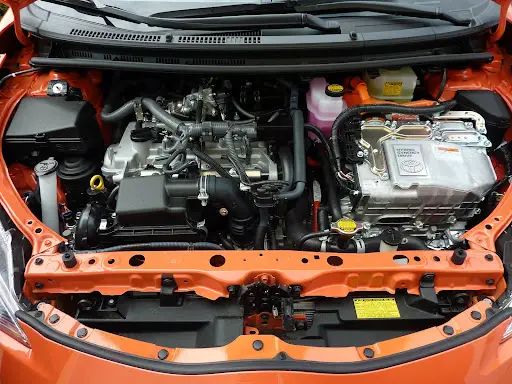
All batteries age and gradually lose their capacity, which in turn shortens the driving range. Batteries will age over time even if they’re not used – using them just accelerates the aging process. The aging with time is called “Cycle Life,” and aging with time is known as “Calendar Life.” These two aging processes aren’t entirely separated but mostly overlap.
In other words, they’re usually working hand in hand. Depending on the usage or application, one force can become more dominant. In addition, environmental factors like temperature or humidity can have their own effects on these aging processes.
Battery Cycle Life
Another important consideration is that different types of batteries are different in terms of cycle life or calendar life. Regarding the lithium-ion batteries used in Tesla cars, the cycle life is defined as the number of full discharge-charge cycles that decrease a cell’s capacity to some fraction of its original capacity. For example, the prevalent threshold used in the laptop industry is 80%.
You should know that the battery cells aren’t completely dead at the end of the cycles. Such cells still have a large number of cycles left, but their capacity is significantly reduced. Besides, different factors can affect the cycle life of Li-ion cells; some are physical and related to the build quality, while others depend on how it’s used.
For example, it’s better to avoid very high/low states of charges because such SOC will put more physical and electrical stress on the insides of the battery cells. Avoiding very high charge rates will also improve the lifespan of Li-ion batteries.
Just like smartphone batteries, Tesla batteries should also have between 20% and 80% charge all the time. While it’s technically possible to drain the battery completely and recharge it to 100%, it’ll reduce its cycle life considerably.
Charging at temperatures below zero can also negatively affect cells – although, in Tesla design, battery packs are heated before charging at too cold temperatures. You should also avoid very high discharge rates – Tesla claims that even at max discharge rate, the required current from its battery cells isn’t too much.
Battery Calendar Life
Lithium-ion cells inevitably lose their capacity over time, even if they’re not used at all. A major part of it is lost during the first year, and then it continues to lose capacity at a lower speed gradually. Two factors have adverse effects on the calendar life: the average temperature of the battery’s lifetime and the time it spends at high states of charge.
For example, batteries would last more if they were stored inside a refrigerator and at a very low SOC. In contrast, they age faster when you keep them somewhere hot and at a very high or full state of charge.
Luckily, Tesla has invented a liquid cooling system to keep its batteries at a proper temperature range and extend their life, even under extreme conditions. According to Tesla, their cooling system keeps the cells’ temperature below 35° C and the average lifetime temperature at/below 25° C.
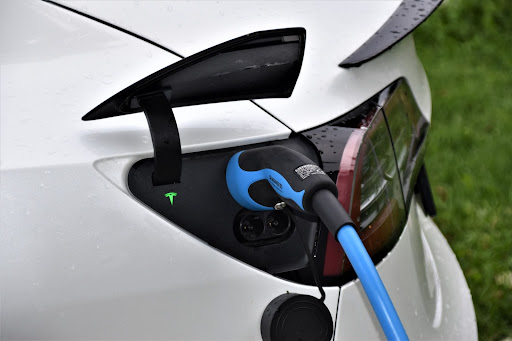
Regarding the state of charging, you should know that the battery cells will lose their capacity faster at higher SOCs. That’s why Tesla has limited its max SOC to 4.15V/cell – instead of 4.2V/cell. Tesla also offers an option to the car owner to charge to only 3.8V/cell (about 50%) or 4.10V/cell (about 90%) to extend battery life – if the owner doesn’t need the full range for their next trip.
So, regardless of the EV type, their batteries inevitably lose capacity with usage and time, which also causes loss of range. However, you can extend their lifetime and hence the range with proper maintenance.
Tesla expects its cars equipped with current battery packs to have a driving range of 300,000 to 500,000 miles or about 1,500 cycles. After this period, the battery’s capacity will be less than its initial state – just like internal combustion engines. This means you need to change your Tesla’s battery pack once or twice during its lifetime.
Here are the estimated changes of battery packs in each Tesla according to the Model:
Model S & X
- The Average Degradation Rate for Every 100,000 Miles: 4%
- Miles Before Reaching 20% Degradation: 500,000
- Years Before Reaching 20% Degradation: 15+
- Charging Cycles: 1,000
Model 3 & Y
- Average Degradation Rate for Every 100,000 Miles: 5%
- Miles Before Reaching 20% Degradation: 400,000
- Years Before Reaching 20% Degradation: 10-15
- Charging Cycles: 1,500
Final Words
Tesla car batteries are very durable and perform well under harsh circumstances. They’re made of Li-ion cells arranged in modules sealed as a pack and settled onto its floor. The number of cells used in Tesla battery packs depends on the model of the car and the battery’s capacity.
Regardless of their excellent performance, Lithium-ion batteries will degrade over time and lose some of their capacity. However, this happens slowly in Tesla cars, and even after 10-15 years, they offer a decent mileage. It seems Tesla’s claim about its battery packs outliving the vehicle is true.
Amazon and the Amazon logo are trademarks of Amazon.com, Inc, or its affiliates.

